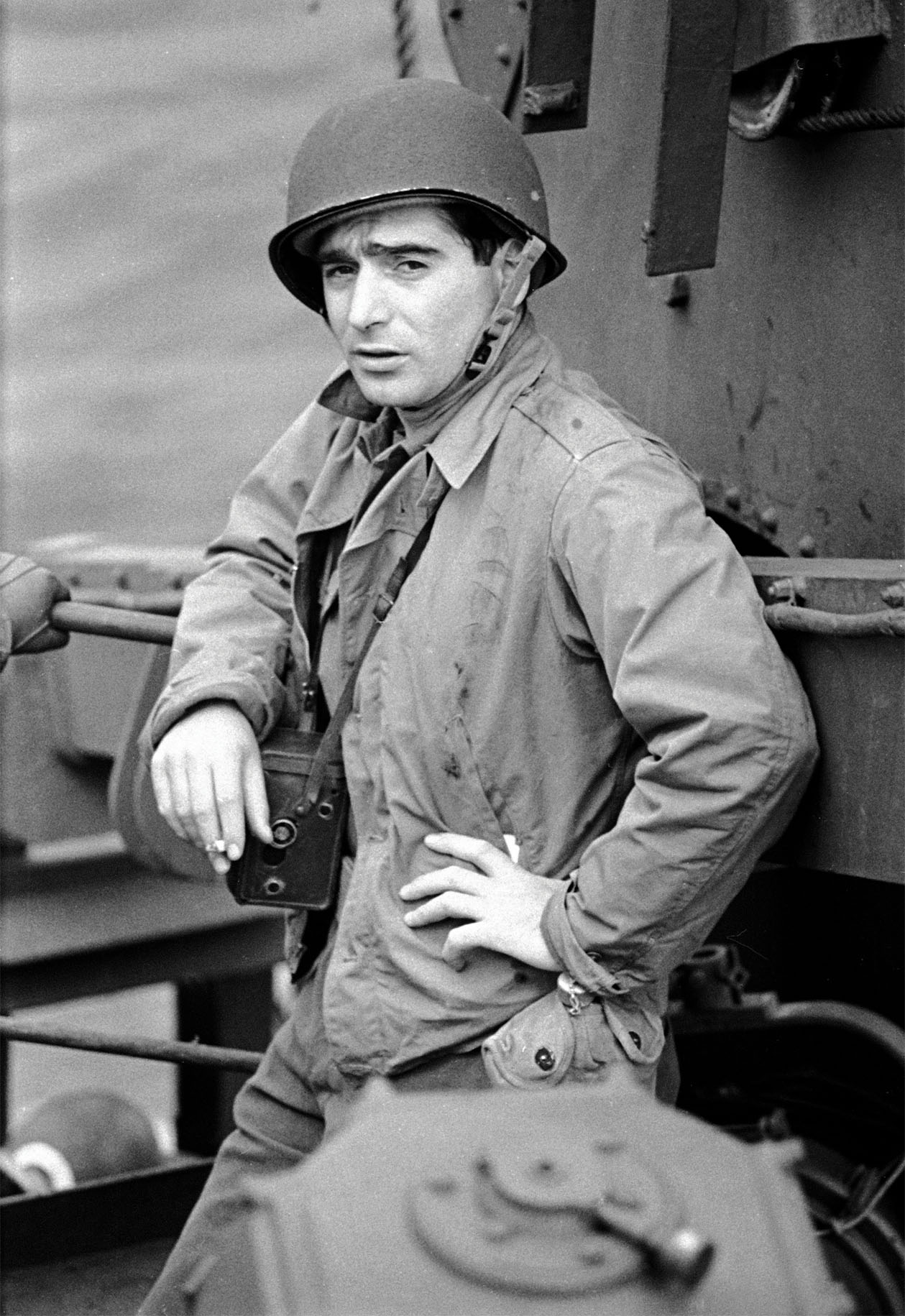
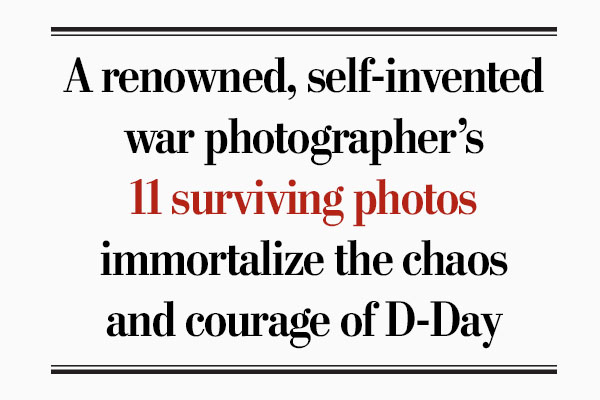
They are among the most iconic images of the Second World War—blurred, grainy and, the best of them, as stirring and in-the-moment as any battlefield photographs ever taken.
There are only 11 pictures—and nine surviving negatives—from that early morning of Tuesday, June 6, 1944, on Omaha Beach, the bloodiest of the D-Day landings, the one depicted in the movie Saving Private Ryan. But two of Hungarian photojournalist Robert Capa’s images, taken for the weekly Life magazine, stand out.
The most reproduced is that of an American soldier wading neck-deep through the surf, his face resolute, the familiar GI helmet strapped to his head, a pack hanging from his back. German hedgehog obstacles loom around him. The water is icy grey.
The image detail is obscured by motion, lack of focus, poor exposure, fog, mist and smoke. The negative, lost in time, is believed to have borne the number 37, the second-last image in the series.
The other picture is the first or second, taken some 30 or 40 minutes previous from the ramp of a Higgins boat, known in military parlance as a “landing craft, vehicle, personnel,” or LCVP. It shows heavily laden troops, just disembarked, wading toward a distant, murky shore, weapons and gear in hand, their collective fate in the balance.
Through the same obscure atmospherics can be seen the small, faint outlines of others who went before them, along with the hulks of disabled tanks. At least one man is down in the water.
The other frames are wider shots that, on first glance, lack visual impact. But there is far more going on in what became known as “The Magnificent Eleven” than meets the eye.
Indeed, the story—or, more accurately, stories—behind Capa’s D-Day pictures, like his outsized life, resonate and reverberate, expand and contract, obscure and illuminate to this day.
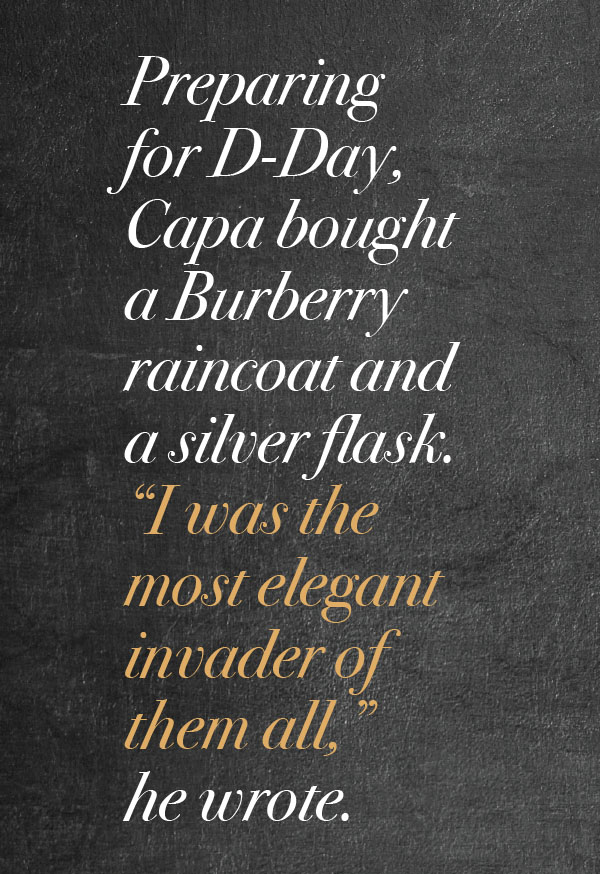
More than any others he snapped over a colourful and accomplished career, these few frames propelled Capa to immortality. Following epic adventures shooting Spain’s civil war and other battlefronts, he became forever known as the greatest combat photographer, famously saying that “if your pictures aren’t good enough, you’re not close enough.”
Since 1955, the Robert Capa Gold Medal has been awarded annually by the Overseas Press Club of America for the “best published photographic reporting from abroad requiring exceptional courage and enterprise.”
He was born Endre (Andrei) Friedmann, a Jew in Budapest, a flamboyant, adventurous, womanizing, card-player whose talent for self-promotion was legendary. The author John Hersey wrote that the name Robert Capa was the 1935 invention of a man bent on success and his equally ambitious lover, Gerda Taro.
Based in Paris at the time, Friedmann and Taro “decided to form an association of three people,” Hersey wrote in a 1947 essay on Capa’s autobiography, Slightly Out of Focus, which itself was slightly fictionalized.
“Gerda, who worked in a picture agency, was to serve as secretary and sales representative; Andrei was to be a darkroom hired hand; and these two were to be employed by a rich, famous and talented (and imaginary) American photographer named Robert Capa.
“The ‘three’ went to work,” Hersey wrote. “Friedmann took the pictures, Gerda sold them, and credit was given to the non-existent Capa.
“Money poured in. The association was happy, for Capa loved Gerda, Gerda loved Andrei, Andrei loved Capa, and Capa loved Capa.”
The genesis of the name Capa is, like most things Capa, uncertain. It’s been written that it was drawn from the American film director Frank Capra. Others said it was derived from Friedmann’s childhood nickname, “Cápa,” or “Shark” in Hungarian.
Whatever its origin, the ruse was finally discovered by a French magazine editor, who then hauled off Capa and Taro—a German whose real name was Gerta Pohorylle—to cover the Spanish Civil War.
There, a decidedly partisan Capa (he always took sides) made what was probably his most famous, and controversial, picture—the death of a Spanish soldier—and Taro, who’d become a photographer in her own right, was crushed by a tank. A heartbroken Capa went to China, then returned to Spain, remaining there until the civil war ended.
Back in Europe in 1939, the Hungarian Friedmann discovered that, with Hitler on the rise, he’d been born on the wrong side. The French declared him an enemy alien and seized his cameras.
“He went to America and bought new cameras,” wrote Hersey. “America got into the war and took the new cameras away from him.
“But still he managed, by various means, to be sent out as a war correspondent with the American forces.”
Friedmann formally changed his name, and Robert Capa became a living, breathing human being whose life, and death, would ultimately be bound to the myth he’d made. The helmet he wore through the Italian Campaign was inscribed “Property of Robert Capa, great war correspondent and lover.”
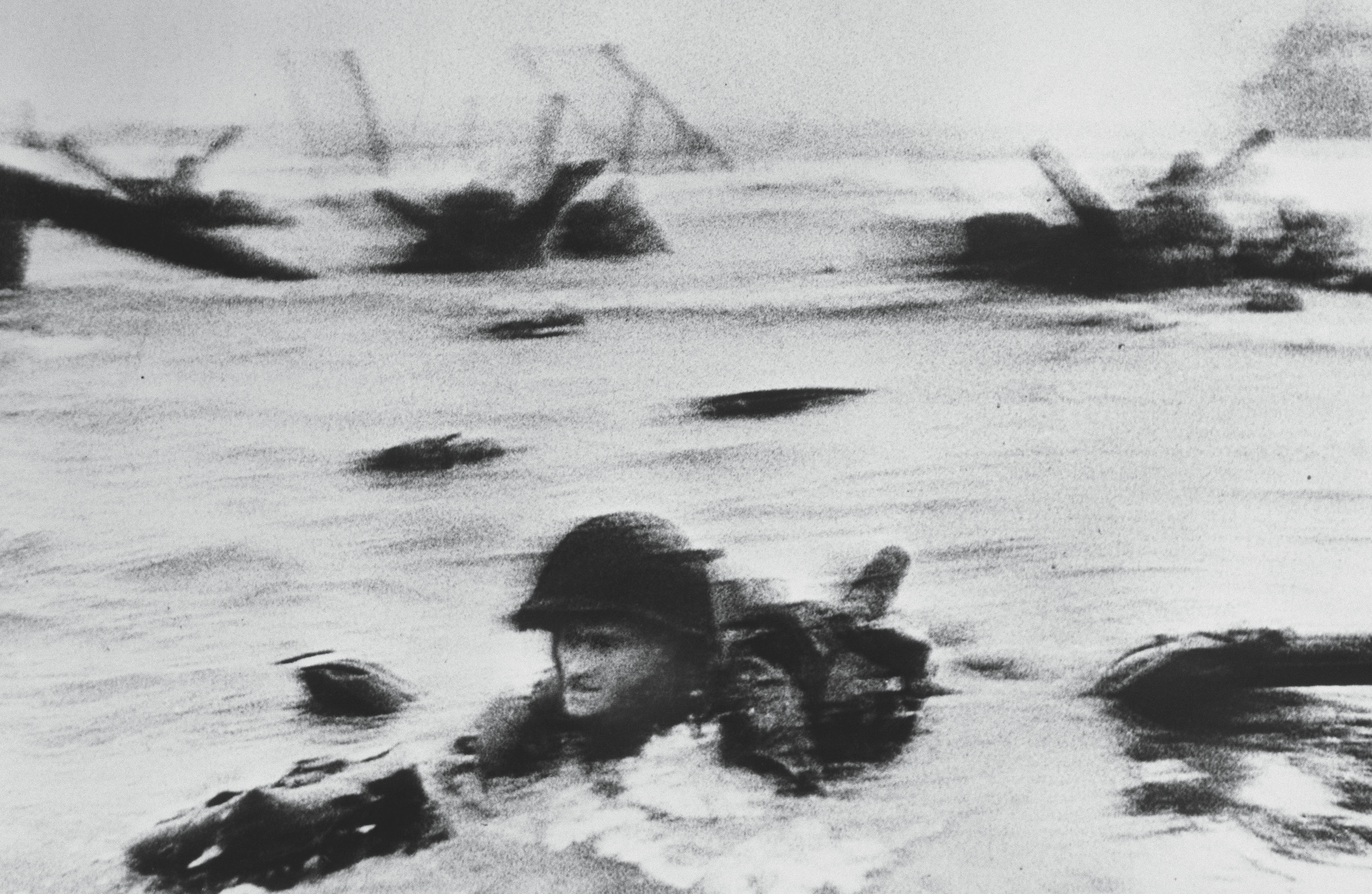
Huston S. Riley moves through the surf toward Omaha Beach minutes before he was wounded. [Robert Capa/International Center of Photography/Magnum Photos]
Preparing for D-Day, Capa bought a Burberry raincoat and a silver flask. “I was the most elegant invader of them all,” he wrote in Slightly Out of Focus, the title of which was based on a cutline in Life’s D-Day spread.
He packed two Contax II 35mm rangefinder cameras with Carl Zeiss high-speed lenses. He also carried Rolleiflex and Speed Graphic cameras, both using larger 120 film capable of only 12 exposures per roll. He had a telephoto lens, too. He packed it all in oilskin bags.
Capa boarded the USS Samuel Chase in Weymouth on England’s southeast coast, where 5,000 ships of every size and shape awaited departure for the Normandy beaches. Barrage balloons hovered on cables overhead.
He was handed an envelope of invasion francs, a package of condoms and a French phrasebook that suggested he address Frenchmen by saying: “Bonjour, monsieur, nous sommes les amis americains.” The same book advised him to address local girls with the words: “Bonjour, mademoiselle, voulez-vous faire une promenade avec moi?”
“The first one meant, ‘Mister, don’t shoot me,’” Capa wrote, “and the other could mean anything.”
A pool of only four press photographers was supposed to land with the first wave of American infantry on D-Day, Life picture editor John G. Morris wrote in his book, Get the Picture. Life, the pre-eminent news-picture magazine of its day, got two of the spots. Bob Landry and Capa filled them.
Handed over to a conducting officer to take back to England, Landry’s film, along with several newsreels, would somehow end up at the bottom of the English Channel.
“Late on Tuesday night Bert Brandt of Acme Newspictures, having scarcely gotten his feet wet, returned to London with a first picture, but not a terribly exciting one, of a momentarily unopposed landing on the French coast, shot from the bow of his landing craft,” wrote Morris, who was waiting impatiently at Life’s London office.
“Landry’s film—and his shoes—somehow got lost. A disaster. I had been told that AP would have the fourth first-wave spot, but not one of their six photographers landed that day. So, it was entirely up to Capa to capture the action.”
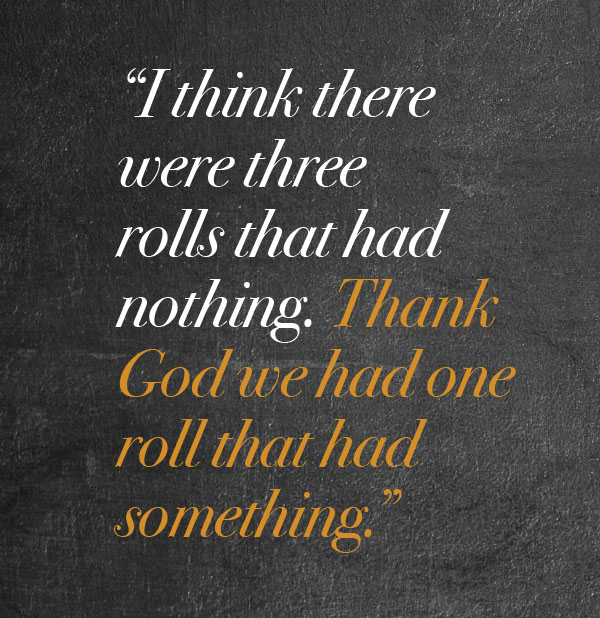
A storm had forced postponement of the invasion by 24 hours. On June 6, the weather was still not ideal but it ultimately proved to be the best opportunity the Allies would have for weeks. Thick clouds impeded navigation. Allied bombs and paratroopers alike landed way off their targets. Rough seas induced seasickness, capsized landing craft and pushed others off course, including Capa’s, which some say more likely ended up on Fox Green sector of Omaha Beach instead of Easy Red.
“The coast of Normandy was still miles away when the first unmistakable popping reached our listening ears,” Capa wrote. “We ducked down in the pukey water in the bottom of the barge and ceased to watch the approaching coastline.”
He had used his medium-format cameras to shoot the preparations and lead-up to the landings. Now he took out his smaller, more agile, Contax. The advent of 35mm film was still revolutionizing photojournalism, and Capa was in the vanguard.
“The flat bottom of our barge hit the earth of France. The boatswain lowered the…front, and there, between the grotesque designs of steel obstacles sticking out of the water, was a thin line of land covered with smoke—our Europe, the ‘Easy Red’ beach.”
It would likely have been between 7:10 and 7:20 a.m., according to historians’ calculations.
“My beautiful France looked sordid and uninviting,” Capa recalled, “and a German machine gun, spitting bullets around the barge, fully spoiled my return.”
His boatmates waded into the frigid water, waist-deep, rifles at the ready. Capa paused at the ramp and shot a few images. Unlike the machine-gun staccato of modern-day digital cameras, which can fire up to 14 frames a second, the Contax required users to manually advance the film and cock the shutter. This was done by turning a knob on the top of the camera body, usually requiring a thumb and forefinger. There was no lever for quick advance.
Finally, his impatient boatswain gave Capa a swift kick in the rear and he was on his way. The beach was still more than 100 yards ahead of him and in the clearest of his first images at least 18 American soldiers, who had landed about 6:30 a.m., can already be seen taking shelter at a steep incline of sand nicknamed The Shingle.
His camera held high over his head, Capa headed for the cover of the nearest obstacle. He took more pictures, then moved to the hulk of an amphibious tank 50 yards ahead.
Here is where the fog of war kicks in. A small group of soldiers can be seen around a hedgehog. While Capa wrote detailed captions for his pre-invasion images, he wrote nothing describing the landing itself.
In its D-Day spread featuring Capa’s pictures the following week, Life described the men as “taking cover” until all their boats came in.
In fact, the men they spoke of were combat engineers, their insignias unmistakable on the fronts of their helmets, and, contrary to taking cover, they were exposing themselves to machine-gun fire as they ran Primacord detonating cord—visible in the pictures—between cast-iron obstacles and planted explosives to clear a route into the beach before the incoming tide submerged them.
(U.S. army veteran, consultant and amateur historian Charles Herrick made a convincing case for the heroes of Combined Demolitions Team 10 on the Nearby Café website in 2015, complete with comparative photographs of the engineers’ helmets and digital modelling showing the orientation of the pictured troops to known angles of fire.)
Soon after this, Capa shot his famous image of the man now believed to have been Huston S. Riley. The tide was rising and Riley, a veteran of invasions in Sicily and North Africa, was struggling through the surf.
“The tide was way in by the time I got in,” Riley recalled in an oral history interview conducted by Larry Cappetto on Omaha Beach in 2004. “I got in pretty close . . . and this photographer and the sergeant from E Company drug me up to the bank.”
Riley got up to run forward and was hit twice by gunfire. His D-Day assault ended right then and there. So, too, did the photographer’s. Cameras in hand, he left, heading back out to the boats.
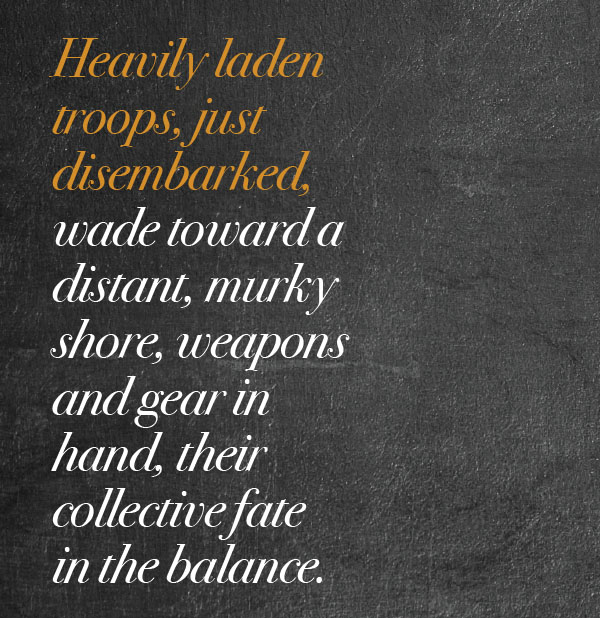
The photographer could only have been Capa and, judging by portraits of the time, the soldier in his picture was very likely Riley, who was shipped off to England and, miraculously, returned to the fight but two weeks later. He would be severely wounded in October outside Aachen, sent stateside, and discharged a year later.
With one camera jammed and his hands too wet and cold to reload, Capa waded away from the fight, stepping back out among the bodies rolling in the surf and climbing aboard a boat that had just dispatched medics. He was frightened and, ultimately, angry with himself for leaving the beach.
“It was a new kind of fear shaking my body from toe to hair, and twisting my face,” he wrote. “I did not think and I did not decide it. I just stood up and ran toward the boat.”
He ended up back in England, where he dispatched his films by courier—a half-dozen rolls of 120 and four rolls of 35mm. Along with cutline information for the 120 was a scrawled note stating that all the action was on the 35mm. Capa soon boarded another ship and headed back to France, and immortality.
Back in London, editor John Morris was growing increasingly anxious as deadline approached. It was Wednesday evening. The film had to be souped, edited, printed and cleared by censors a mile away in time to make a U.S.-bound flight.
“Our only hope to meet the deadline was to send original prints and negatives, as many as possible, in a pouch that would leave Grosvenor Square by motorcycle courier at precisely 9:00 a.m. London time on Thursday,” Morris recalled.
“The courier would take it to a twin-engine plane standing by at an airdrome near London. At Prestwick, Scotland, the base for transatlantic flights, the pouch would be transferred to a larger plane. After one or two fuel stops, it would arrive in Washington, D.C., and our pictures would be hand-carried to New York on Saturday.”
The call came at 6:30 p.m. on Wednesday, June 7: Capa’s film was on its way. It arrived around 9 o’clock. The lab chief handed it to a young darkroom tech, Dennis Banks, to develop. Photographer Hans Wild looked at the wet negatives and said, though grainy, they looked “fabulous.” Morris said he needed contact sheets—“rush, rush, rush!”
“A few minutes later Dennis came bounding up the stairs and into my office, sobbing. ‘They’re ruined! Ruined! Capa’s films are all ruined!’
“Incredulous, I rushed down to the darkroom with him, where he explained that he had hung the films, as usual, in the wooden locker that served as a drying cabinet, heated by a coil on the floor. Because of my order to rush, he had closed the doors. Without ventilation, the emulsion had melted.”
Morris held the negatives up to the light, one roll at a time. “Three were hopeless; nothing to see. But on the fourth roll there were 11 frames with distinct images.”
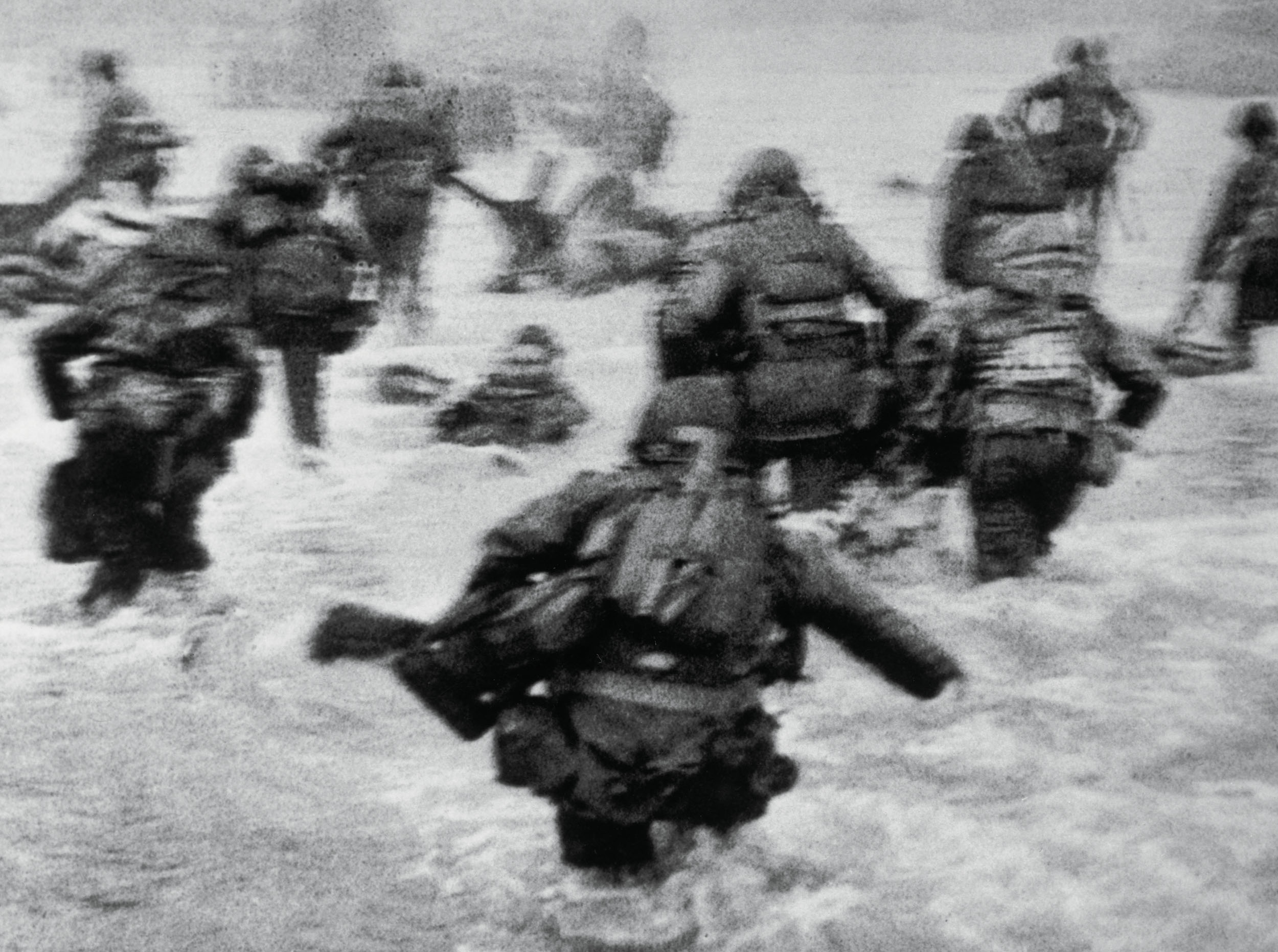
U.S. troops wade ashore at Omaha Beach. Survivors from earlier boats can be seen in the distance. [Robert Capa/International Center of Photography/Magnum Photos]
All of them were underexposed by an estimated 1.5-2 f/stops. They were shot in the 7 o’clock hour on a heavily overcast morning, estimated by Pulitzer Prize-winning photojournalist and professor J. Ross Baughman at between 1/50th and 1/125th of a second—slow shutter speeds for moving subjects and numb, shaking hands.
Cynthia Young, curator of the Robert Capa Archive at the International Center of Photography in New York, described his D-Day negatives as “very thin,” a hallmark of underexposure.
Morris ordered everything printed. It was 3:30 a.m. before he headed out to the Ministry of Information. But he made it—just—and two days later, with the magazine gone to bed, Life’s editors cabled: “Today was one of the great picture days in Life’s office, when Capa’s beach landing and other shots arrived.”
Now, some 70 years later, Morris has changed his mind about what happened to those three-plus rolls of film. In a 2014 interview with CNN’s Christiane Amanpour, the editor said he didn’t think there was a darkroom accident at all.
“It now seems that maybe there was nothing on the other three rolls to begin with,” he said, citing the investigative work of experts who found that melting emulsion as described is not possible. Furthermore, beyond their shakiness, graininess and thinness, the surviving negatives show no sign of damage.
“So I now believe that it’s quite possible that Bob just bundled all his 35 together and just shipped it off back to London knowing that on one of those rolls there would be the pictures he actually shot that morning.”
In December, in an interview marking his 100th birthday, Morris suggested another scenario—that his good friend Capa simply blew it by either totally underexposing the bulk of his negatives or not exposing them at all due to technical malfunction.
Capa, who was rewarded with a long-term Life contract, may have been rattled in the heat of battle, Morris told The New York Times.
“I don’t think he himself knew how many pictures he had shot. I think there were three rolls that had nothing. Thank God we had one roll that had something.”
The photographer would make many more great photographs in the drive to Berlin, then have a fling with Ingrid Bergman, co-found the Magnum picture agency, and go on to photograph the French war in Indochina. Capa died in Thai Bunh, Vietnam, after stepping on a landmine on May 25, 1954. He was 40.
Top Photo: Robert Capa at Weymouth, England, before delivering his D-Day film to a courier for transport to Life’s London office. [David Scherman/International Center of Photography/Getty Images]
Advertisement






















